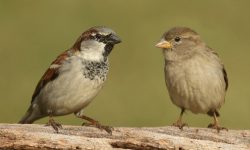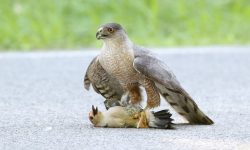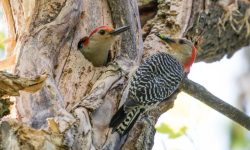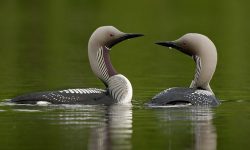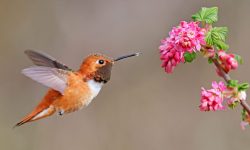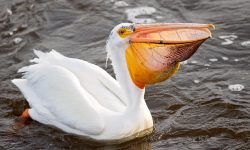Plovers are small to medium-sized shorebirds known for their round bodies, quick movements, and sharp eyesight. These birds are widely distributed across wetlands, beaches, grasslands, and mudflats, where they hunt for tiny invertebrates and aquatic organisms. But what exactly do plovers eat to maintain their high energy levels and agile hunting style?
In this article, we’ll explore the top 5 favorite foods of plovers, along with fascinating insights into how they find and consume their prey. Whether you’re a birder, a student, or just curious, this guide will give you a closer look into the plover’s fascinating feeding behavior.
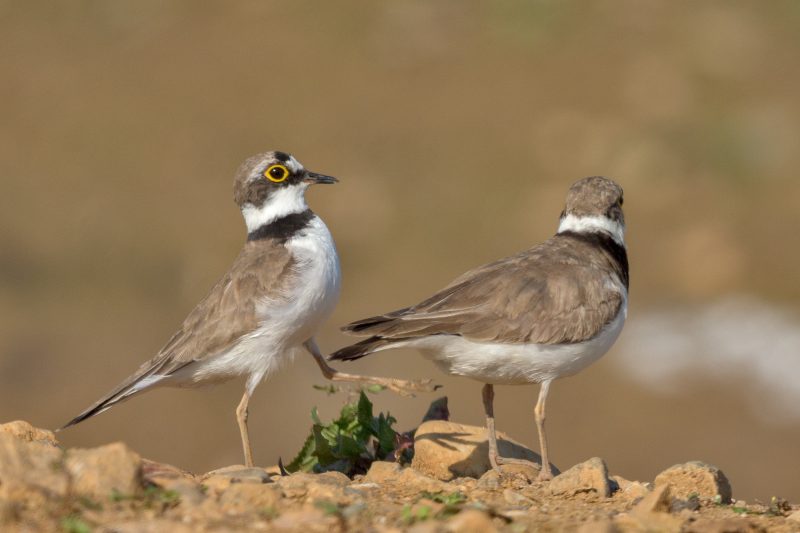
1. Insects: The Protein-Rich Staple
Plover Species and Their Reliance on Insect Prey
Insects constitute a fundamental component of the plover’s diet, serving as a primary source of protein and metabolic energy. Across diverse habitats—including coastal mudflats, estuarine zones, and inland grasslands—plovers exhibit strong insectivorous behavior, selectively foraging for both terrestrial and aquatic arthropods. Their typical prey includes coleopterans (beetles), orthopterans (grasshoppers), hymenopterans (ants), dipterans (flies and mosquitoes), and lepidopterans (moths and their larvae). The nutritional value of insects is particularly critical during energetically demanding life stages such as reproduction and long-distance migration, during which plovers require dense protein intake to support egg production, chick development, and sustained flight performance.
Foraging Behavior: The Stop-Run-Peck Strategy
Plovers employ a distinctive foraging technique known as the stop-run-peck strategy, characterized by intermittent bursts of movement punctuated by visual scanning. This behavior involves the bird pausing momentarily to detect subtle prey movement, followed by a rapid approach and a precise peck to capture the target. The effectiveness of this method is underpinned by the plover’s highly developed visual acuity, which enables it to discern minute motion cues across heterogeneous substrates such as sand, mud, or grassy terrain. This visually guided predation technique is particularly advantageous in open habitats where prey visibility is limited and rapid detection is essential for successful capture.
2. Worms and Grubs: Easy-to-Catch Energy Boosters
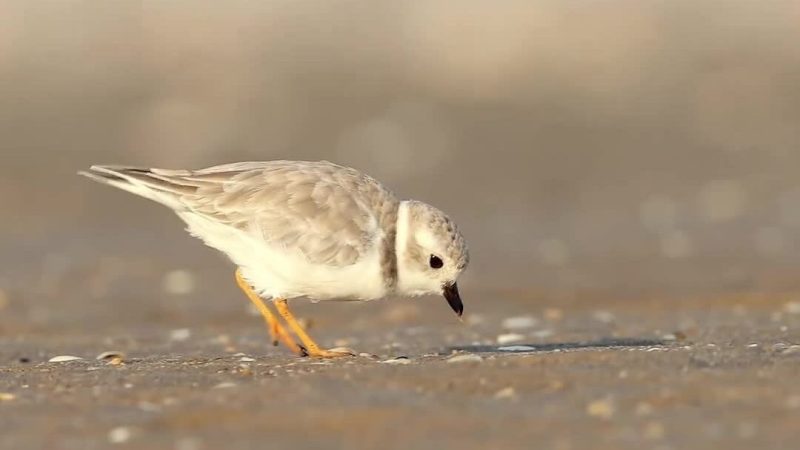
Nutritional and Ecological Importance of Annelids in the Plover Diet
Worms—particularly earthworms (Lumbricidae) and other soft-bodied larval invertebrates—constitute a significant dietary component for plovers inhabiting moist environments. These prey items are abundant in substrates such as intertidal mudflats, riparian margins, and wet meadows, where soil saturation facilitates their surface activity. Due to their high moisture content, ease of ingestion, and nutrient-rich composition (notably in amino acids and minerals), annelids represent an efficient energy source for plovers. Their availability increases markedly during periods of elevated soil moisture, such as after rainfall, aligning with the plovers’ opportunistic foraging behavior and enhancing feeding success in seasonally dynamic habitats.
Foraging Strategies in Hydric Substrates
In moist environments, plovers utilize a combination of visual and tactile cues to locate prey near or at the soil surface. Their feeding behavior typically involves gentle pecking or shallow probing into saturated substrates to extract earthworms and other soft-bodied invertebrates. Species such as the Killdeer (Charadrius vociferus) frequently exploit agricultural fields during early morning hours, when elevated soil moisture from dew or overnight precipitation facilitates prey emergence. This temporal synchronization between prey availability and foraging activity reflects a finely tuned behavioral adaptation to fluctuating environmental conditions.
3. Crustaceans and Small Aquatic Creatures
Exploitation of Aquatic Macroinvertebrates in Coastal Habitats
In coastal ecosystems such as estuaries, salt marshes, and intertidal shorelines, plovers exhibit specialized foraging behaviors targeting small aquatic macroinvertebrates. Their diet in these environments includes juvenile crabs, shrimp, amphipods, and the larval stages of aquatic insects—all of which are rich in proteins and essential micronutrients. The temporal dynamics of tidal fluctuations play a crucial role in prey accessibility, as receding tides expose benthic organisms and create optimal foraging windows. Plovers capitalize on these transient opportunities by foraging along newly exposed substrates, demonstrating a high degree of ecological responsiveness to coastal hydrology.
Foraging Kinematics in Wetland and Intertidal Zones
In wetland and tidal flat environments, plovers employ rapid locomotion combined with visually guided, precision pecking to capture prey along the edges of shallow pools and mudflats. Their laterally compressed, slender bills are well-adapted for surface-level extraction of mobile invertebrates, minimizing the need for substrate penetration. This feeding morphology is particularly advantageous in soft sediment environments, where prey may be only partially exposed. Certain species, such as the Black-bellied Plover (Pluvialis squatarola), exhibit active pursuit behavior—engaging in short-distance chases of prey such as juvenile crabs—thereby demonstrating both agility and responsiveness in highly dynamic coastal foraging contexts.
4. Mollusks and Snails
Nutritional Significance of Mollusks in the Plover Diet
In habitats where gastropods and bivalves are readily available, plovers incorporate these soft-bodied or thin-shelled mollusks into their foraging repertoire. Common prey items include small clams, snails, and slugs, which provide a valuable source of calcium, essential amino acids, and other micronutrients vital for skeletal development and reproductive health. Unlike molluscivorous birds that possess specialized structures for crushing hard shells, plovers exhibit a selective feeding strategy that favors juvenile or soft-bodied individuals that can be ingested whole with minimal mechanical processing. This preference enhances foraging efficiency while minimizing energy expenditure associated with prey handling.
Sensory and Morphological Adaptations for Prey Detection
Plovers possess mechanoreceptive capabilities in their bills, enabling them to detect minute vibrations or movements generated by concealed invertebrates beneath the substrate. This tactile sensitivity allows for efficient prey localization, particularly in damp environments such as wet sand, fine sediment, or leaf litter, where visual cues may be limited. Coupled with acute vision, this adaptation permits plovers to exploit prey that reside just below the surface, enhancing their ability to forage in heterogeneous and visually obscured microhabitats.
5. Spiders and Other Small Invertebrates
Dietary Plasticity and Exploitation of Terrestrial Invertebrates
Plovers exhibit a high degree of trophic flexibility, readily incorporating a wide array of small terrestrial invertebrates into their diet. Taxa such as arachnids (e.g., spiders and mites), collembolans (springtails), and chilopods (centipedes) are frequently consumed, particularly in xeric or semi-arid habitats where aquatic prey is scarce or seasonally unavailable. This opportunistic feeding behavior is exemplified by species such as the Snowy Plover (Charadrius nivosus), which often nests on saline flats and coastal dune systems. In these environments, the reliance on ground-dwelling arthropods provides a critical foraging advantage, supporting survival and reproduction under resource-limited conditions.
Ecological Generalism and Habitat-Driven Dietary Modulation
Plovers demonstrate broad ecological plasticity, occupying a diverse range of habitats that span alpine meadows, grasslands, freshwater wetlands, coastal estuaries, and arid salt flats. This wide geographic and ecological distribution necessitates a correspondingly adaptable foraging strategy. By modulating their diet in response to locally available prey resources, plovers function as dietary generalists capable of optimizing energy intake across markedly different environmental conditions. This trophic adaptability contributes significantly to their cosmopolitan distribution and ecological success across multiple biogeographic realms.
How Plovers Feed: More Than Just Pecking
Visual Predation and Diurnal Foraging Rhythms
Plovers are predominantly visually oriented foragers, relying on acute visual acuity rather than olfactory or tactile cues to detect and capture prey. Their foraging behavior is primarily guided by the detection of movement, enabling them to locate small invertebrates with high spatial precision across visually complex substrates. This reliance on motion-based visual cues aligns with their largely diurnal activity patterns, with peak foraging often occurring during crepuscular periods—dawn and dusk—when ambient light is sufficient and arthropod activity is elevated. Such temporal alignment enhances prey encounter rates and contributes to overall foraging efficiency.
Specialized Foraging and Anti-Predator Tactics with Foraging Overlap
In addition to conventional visual foraging, plovers exhibit a repertoire of specialized behaviors that enhance prey accessibility. One such technique, known as foot-trembling, involves rapid vibration of a single foot against the substrate, likely generating mechanical stimuli that dislodge or startle concealed invertebrates into movement, thereby making them detectable to the visually oriented predator. Furthermore, certain species, such as the Killdeer (Charadrius vociferus), employ complex anti-predator displays—most notably the “broken-wing act”—which may incidentally allow the bird to remain near foraging zones while distracting potential threats from nesting areas. This behavioral integration of foraging and nest defense reflects a high degree of ecological and behavioral plasticity.
Seasonal Diet Shifts and Migration
Seasonal Dietary Shifts and Energetic Optimization
Plovers exhibit seasonal dietary plasticity, modulating their food intake in response to fluctuating ecological demands associated with migration, reproduction, and habitat-specific resource availability. During migratory periods, their foraging behavior emphasizes the acquisition of energy-rich prey—such as earthworms and flying insects—to support long-distance flight and maintain metabolic efficiency. In contrast, the breeding season elicits a dietary shift toward protein-dense invertebrates, which supply the essential amino acids and nutrients required for gametogenesis, egg formation, and parental investment in offspring. These temporal adjustments in dietary composition underscore the species’ capacity for physiological and behavioral adaptation to cyclic life history pressures.
Precocial Development and Early Foraging Independence in Chicks
Plover hatchlings exhibit a precocial developmental strategy, emerging from the egg fully feathered, visually capable, and highly mobile. Within hours of hatching, chicks depart the nest and begin independent foraging, without reliance on direct provisioning from adults. Despite their behavioral autonomy, the dietary composition of juveniles closely parallels that of adults, consisting primarily of soft-bodied invertebrates such as insect larvae, springtails, and small annelids. These prey types are accessible given the chicks’ limited bill strength and developing motor coordination, ensuring nutritional sufficiency during early growth stages. The precocial nature of plover offspring reflects an evolutionary adaptation to open-nesting environments where early mobility enhances both foraging opportunities and predator avoidance.
Final Thoughts: The Plovers’ Flexible Feeding Habits
The diet of plovers reveals just how adaptable and resourceful these shorebirds are. From mudflat crabs to inland worms, their ability to thrive in diverse habitats is closely tied to their rich and varied menu. Whether you’re watching a Killdeer in a parking lot or a Pacific Golden-Plover along a tidal beach, their constant foraging and fast-paced hunting style are a fascinating display of nature’s efficiency.
Understanding what plovers eat not only deepens our appreciation for their survival strategies but also helps protect their habitats—ensuring they continue to thrive across wetlands, beaches, and beyond.

